Este post também está disponível em:
Português
English
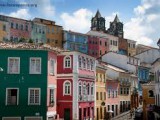
Salvador is the second most popular tourist destination in the country for foreigners, second only to Rio de Janeiro, and one of the most visited by Brazilians themselves, what makes Salvador a success in tourist terms?
Beautiful beaches? Yes, but other cities in the country also have them.
Colonial architectural complex and marks of the country’s history? Yes, but cities like Parati, Ouro Preto and Olinda, among others, also have them.
A highly developed local culture, with music, cuisine, religion, etc. Yes, but São Paulo and Rio de Janeiro are examples of cities with a high degree of cultural life.
The answer, of course, is the combination of these elements. No other city in Brazil combines, in equal parts, great natural beauty, landmarks of the country’s history and cultural elements of its own like Salvador. This is what sets it apart from all other tourist cities in Brazil.
The tourist who chooses Salvador can go to the beach in the morning, take a tour of the historic center in the afternoon, dine in one of the city’s fine restaurants and go dancing at the carnival block rehearsals or to the sound of the many local hits.
There is fun for all tastes and, above all, for all budgets, since many of the attractions, such as the beaches and other tours, do not have to be paid for.
So, as the citizens of Salvador, the soteropolitans, say: “smile: you are in Bahia”.
Interesting places in Salvador de Bahia:
They are also worth knowing!
The Ponta do Humaitá in Salvador is one of the most beautiful places in Salvador.
Interesting Local Videos in Salvador BA
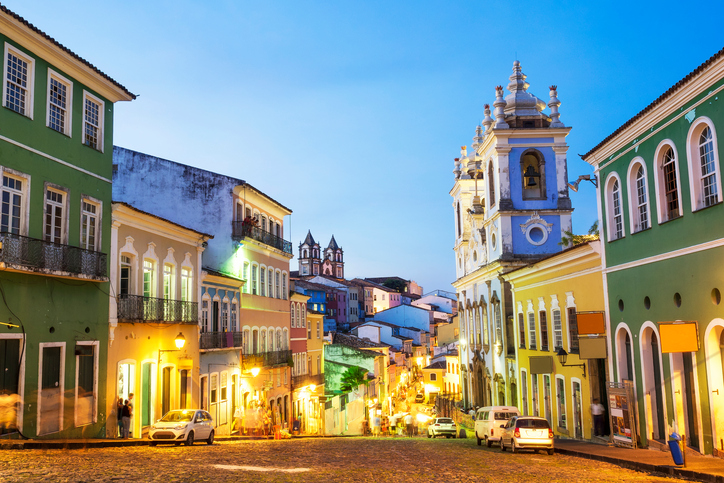

Pontos Interessantes em Salvador BA

Barra e Pelourinho em Salvador BA

Ponta do Humaitá em Salvador BA
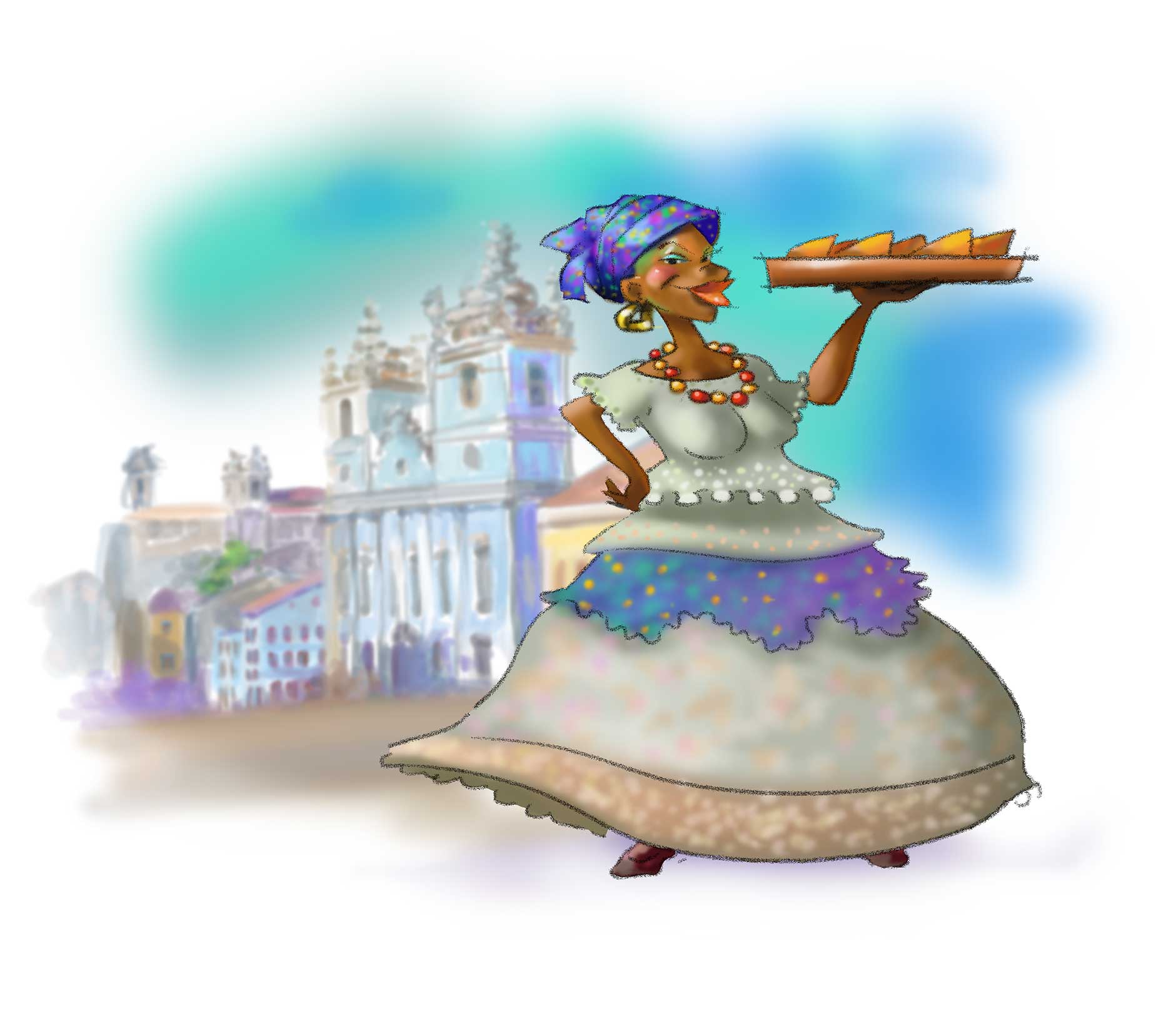
Pontos Turísticos em Salvador BA
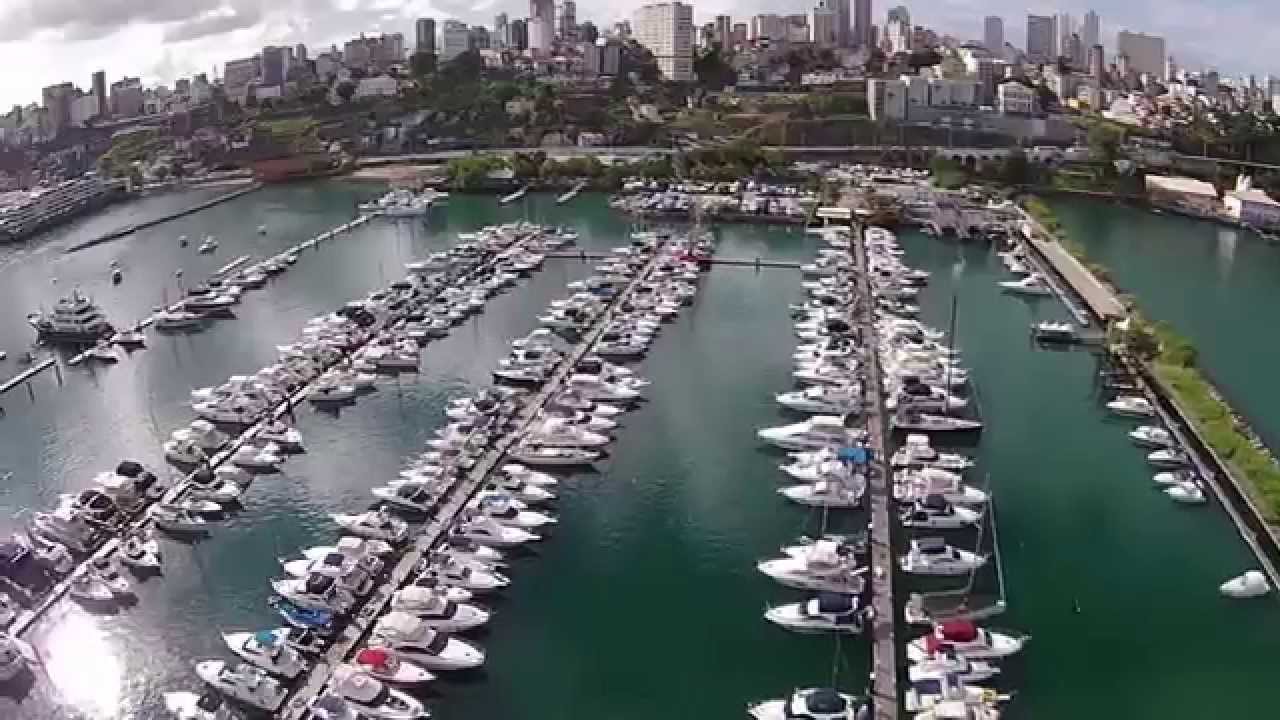
Bahia Marina em Salvador BA00:35
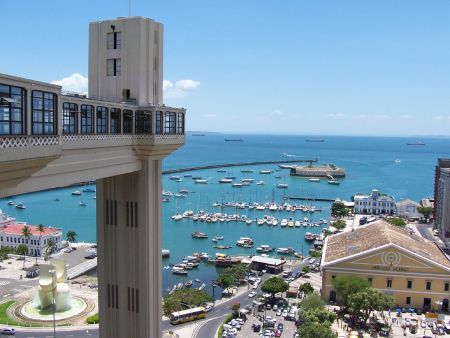
Elevador Lacerda em Salvador BA05:30
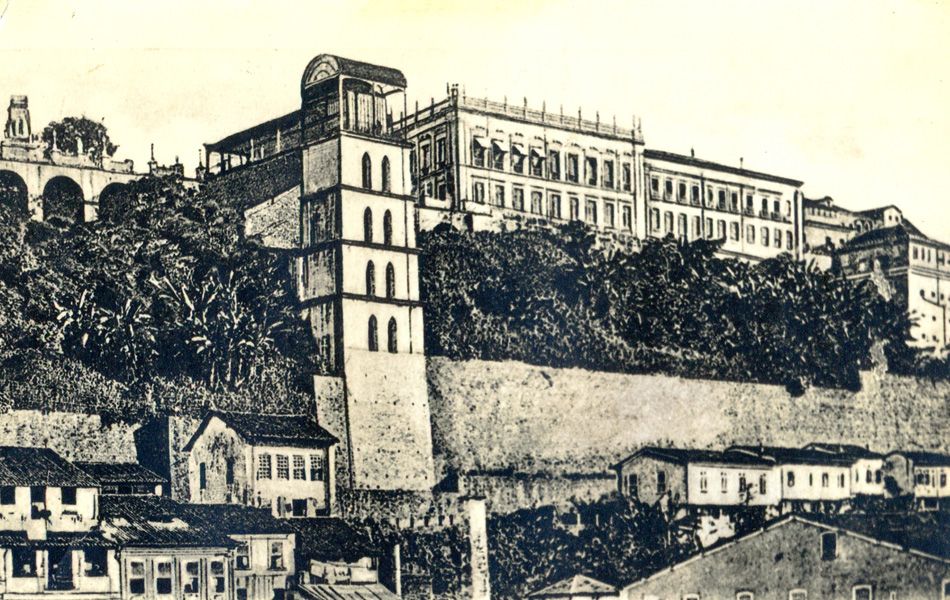
História do Elevador Lacerda02:35
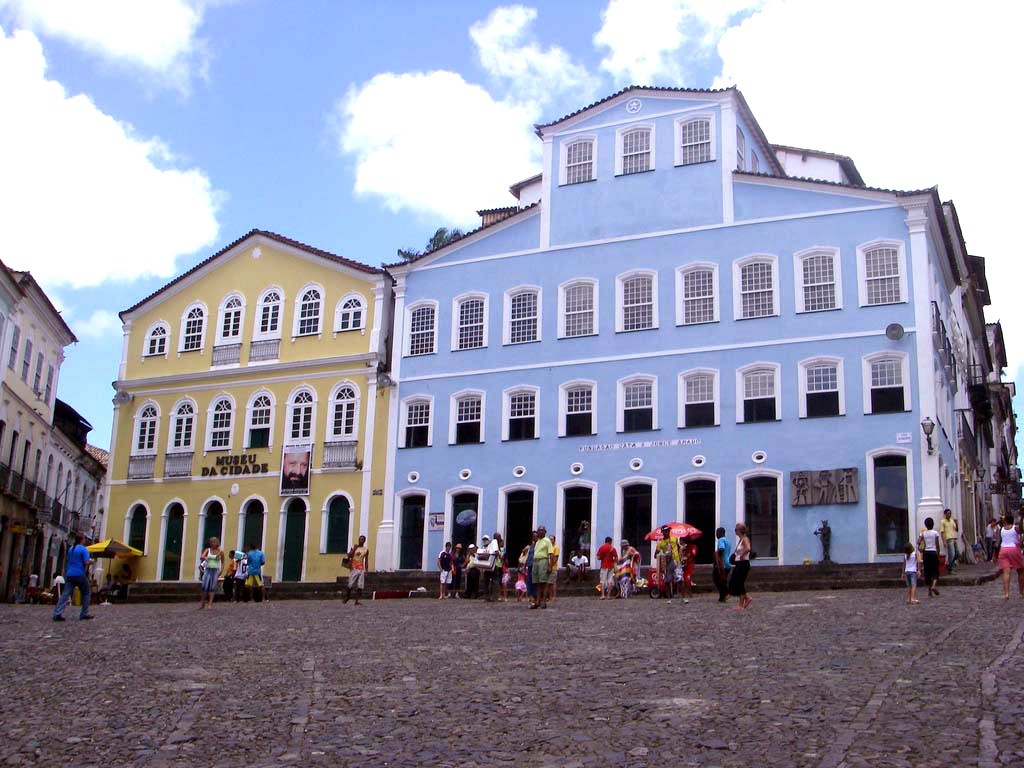
Fundação Casa de Jorge Amado em Salvador BA12:46
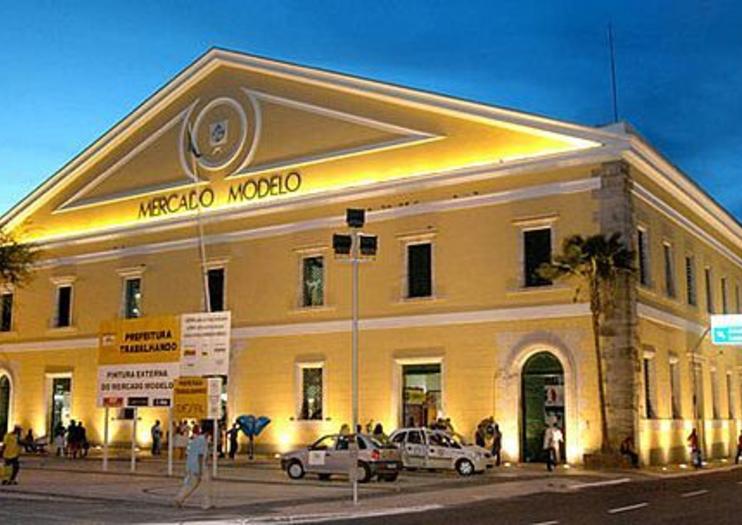
Mercado Modelo em Salvador BA03:03
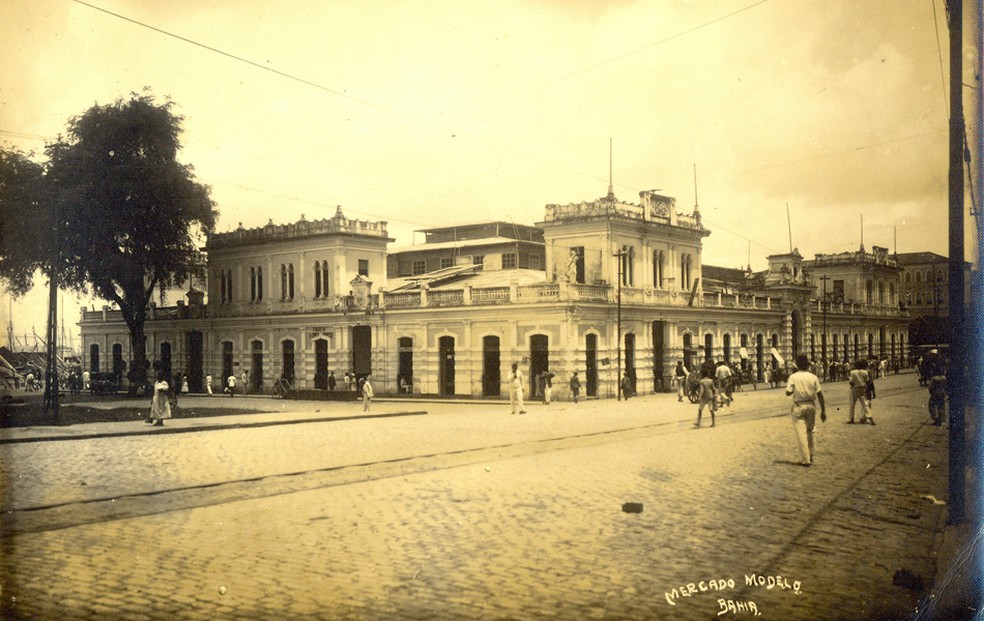
História do Mercado Modelo em Salvador BA03:03
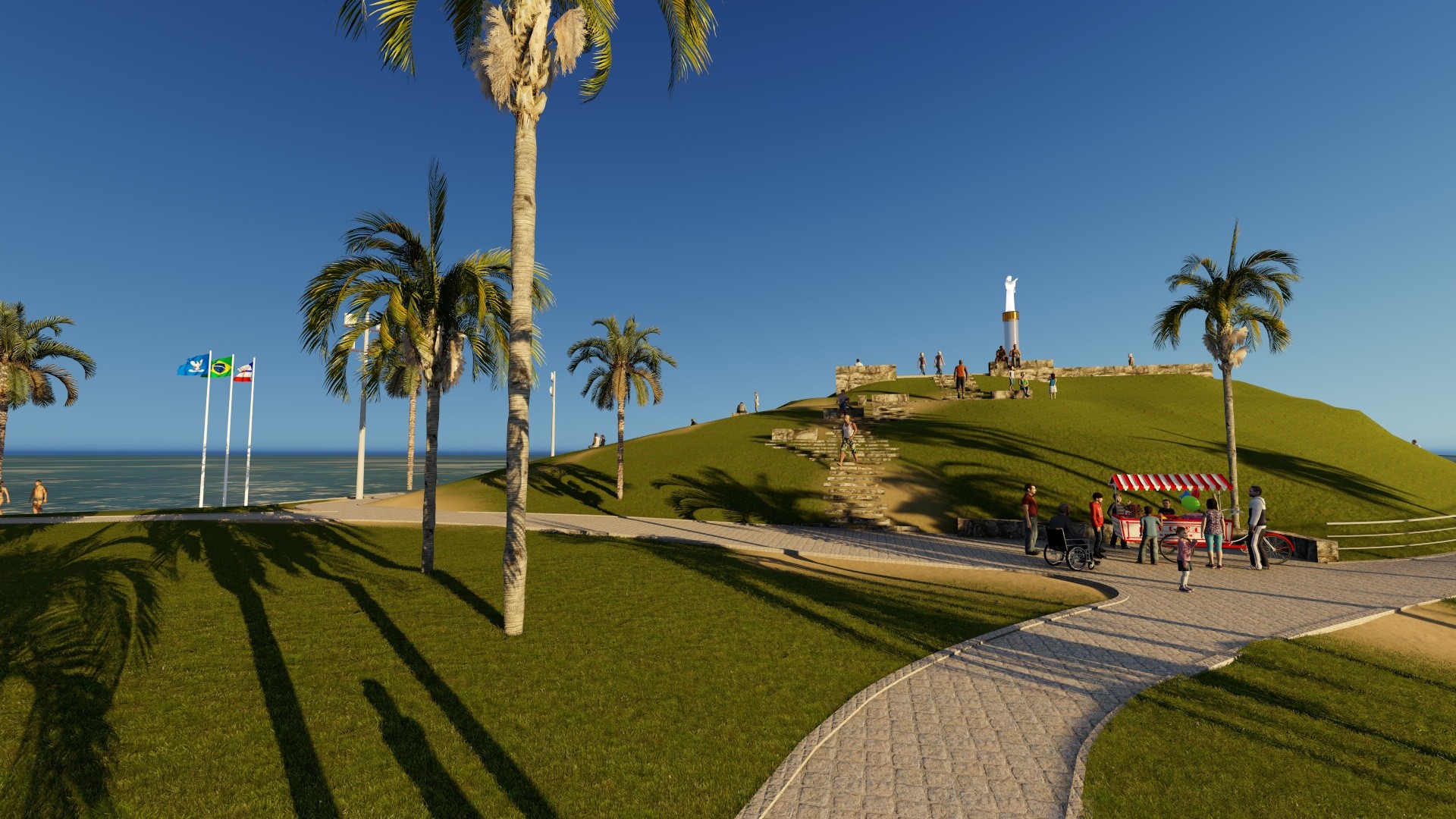
Morro do Cristo em Salvador BA03:18
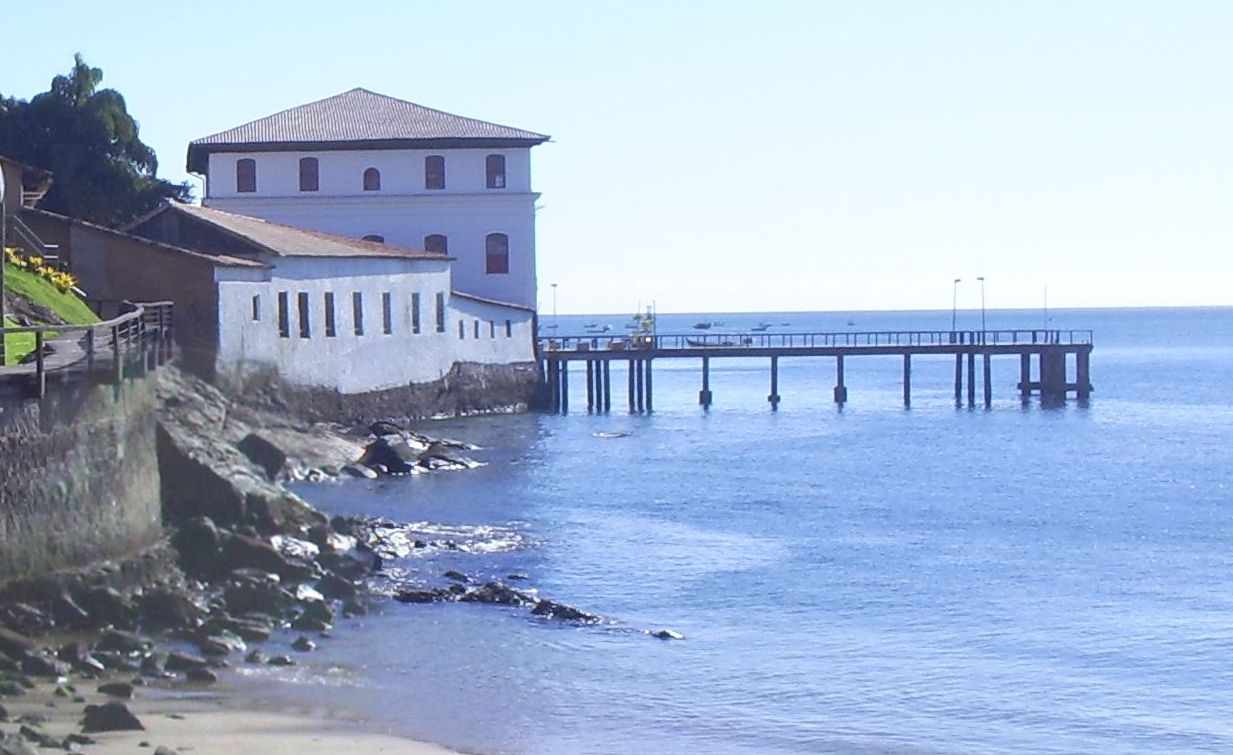
Solar do Unhão em Salvador da Bahia01:35
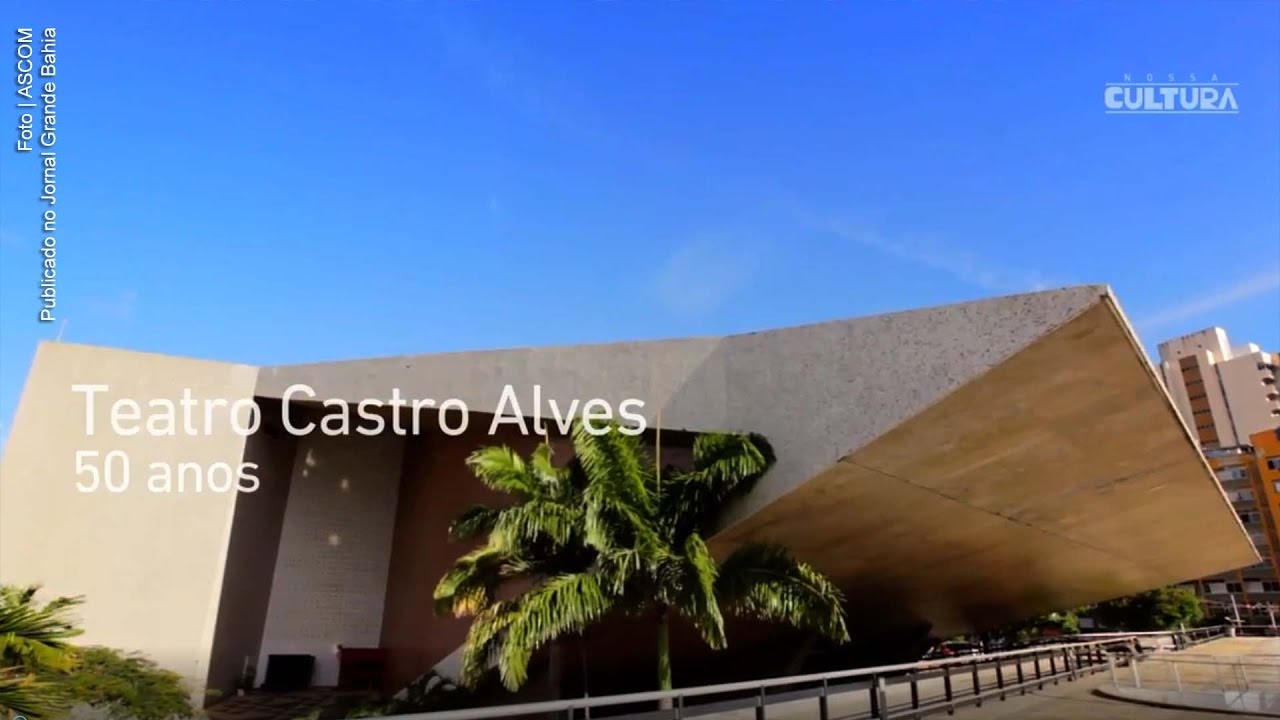
Teatro Castro Alves em Salvador BA
See also Sightseeing Spots of Salvador and Palaces in Salvador to visit and enjoy the history
Interesting Places in Salvador de Bahia
- Bahia Marina
- Cultural Center Caballeros de Santiago
- Elevador Lacerda
- George Amado House Foundation
- Mercado Modelo
- Solar do Unhão
- Castro Alves Theater
- Pelourinho
1. Bahia Marina

It receives boats from all over the world, which anchor in the nautical tourist complex Bahia Marina.
The highlight of the locality is, of course, the Baia de Todos os Santos, one of the main postcards of Salvador.
2. Caballeros de Santiago Cultural Center
Rua da Paciência, 441, Rio Vermelho
The Hispano-Galician Cultural Association Caballeros de Santiago was founded on November 22, 1960, in the city of Salvador, capital of the state of Bahia – Brazil, by a group of Spanish immigrants from Galicia who shared a deep enthusiasm for spreading Spanish culture and language to the population of Salvador.
After the Portuguese and Italians, the Spaniards were the third largest contingent of foreigners who chose Brazil as their second homeland in the great transatlantic migrations at the beginning of the 16th century.
Although there are no documents to confirm the numbers, the Spanish Consulate of the period between 1861 and 1919 estimates that 1,724 immigrants arrived in Salvador. The number increased to 3,601 in 1936, and later, from 1883 to 1950, another 17,737 Spaniards arrived.
The great dream of the immigrant meant the prospect of access to land ownership, work opportunities and easy fortune.
From the 19th century onwards, the Spanish migratory movement intensified due to the late industrial development of Spain and the economic problems resulting from the maintenance of an archaic land structure.
The difficulties of the early years were many, but there is no shortage of stories of successful men in various sectors of economic activity in the state.
It is in this context that Father Samuel Martínez and 15 other immigrants, with the aim of realizing their ideals, held the first meetings in the Parish of Pituba, in the capital of Bahia, starting the activities of this Association under the name of Caballeros de Santiago and chose, as a brand, a shield with the Cross of Santiago and the constellation of the “Cruzeiro do Sul”, having as its first president Mr. Manuel Nemésio Sanchez.
The institution initially operated in the Pituba neighborhood, where it housed a school with about 40 needy boys and had the help of the Municipal Department of Education – which donated to the Spanish institution, furniture and teachers. Since then, the ties between Spain and Salvador have been solidified.
In 1967, the Hispano-Galician Cultural Association Caballeros de Santiago inaugurated its first headquarters, located in the São Luís Building, in the city center.
During this period, Caballeros implemented the first classes of the Spanish language course and continued to show the population of Salvador all forms of Spanish cultural manifestations such as music, dance, films, handicrafts and also cuisine.
In 1988 the president Orsí Pousada Covelo (in memoriam) began the construction of the current headquarters, which was only completed in July 1989 under the presidency of José Castro Cabadas (in memoriam).
The current headquarters is in the Rio Vermelho neighborhood and continues to maintain the original idea of the society: the dissemination of the Spanish language and culture to the inhabitants of the capital of Bahia. Currently the Hispano-Galician Cultural Association Caballeros de Santiago is chaired by Francisco Javier Piñeiro Garrido.
3. Lacerda Elevator
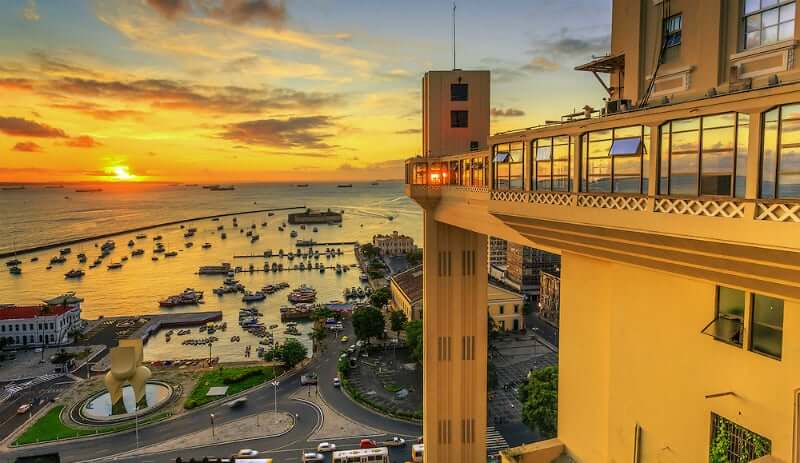
Inaugurated in 1873 and built by engineer Antonio de Lacerda, the elevator transports 28,000 passengers daily between the Upper and Lower Towns, including hundreds of tourists who never tire of photographing the wonderful view of the Bay of All Saints.
The Lacerda Elevator was created to solve a problem that has existed since the city’s inception: its great unevenness. Since then, in addition to helping residents, it has become a great local heritage.
History of the Lacerda Elevator
The Lacerda Elevator was inaugurated on December 8, 1873.
The history of the Lacerda Elevator begins with a plan by the transportation entrepreneur Antônio de Lacerda (1834-1885).
But before we talk about the birth of the Lacerda Elevator, let’s remember why it was created.
The unevenness of the capital of Bahia, called escarpment, was a problem during its construction, and the difficulties of locomotion only increased over time.
At the beginning of the 17th century, the use of cranes was the only solution for transporting cargo around the city.
People had to get around using long staircases and steep slopes, which made everyday life very difficult for the population.
It was only at the beginning of the 19th century that the Lacerda Elevator project came to life.
Antônio de Lacerda, with the help of his father (partner of the Public Transport Company) and brother (engineer), idealized the project.
Construction began in October 1869.
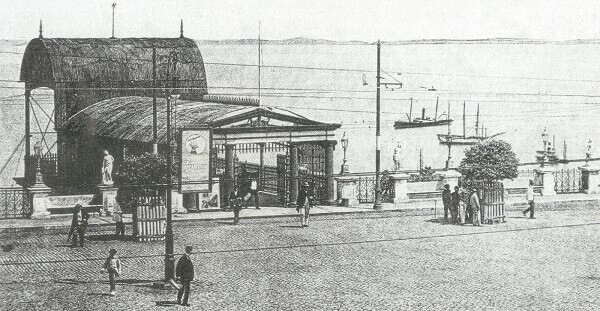
In the beginning, the work was baptized as Hydraulic Elevator of Conceição da Praia, popularly known as “Parafuso”. The name was changed in 1869 to honor its creator, Antônio de Lacerda.
The Lacerda Elevator became the main means of transportation between the Upper City, where the historic center is located, and the Lower City, the location of Salvador’s commercial and financial activities.
Architecture of the Lacerda Elevator
The construction of the Lacerda Elevator was a great challenge at the time.
It was necessary to drill two tunnels in Ladeira da Montanha. One vertically, to house the tower, and another horizontally, to give access to the street.
The nickname “Parafuso” came about in reference to a large spiral piece that propelled the elevator’s two cabins.
Despite all the innovation, the Lacerda Elevator received criticism at the time, especially from foreigners. They pointed out that the work used little iron, a symbol of the development of engineering and architecture at the time.
When it was inaugurated, the Lacerda Elevator had 63 meters and only one tower with two cabins. It was powered by a steam engine.

In 1930, it underwent a major renovation designed by architects Fleming Thiesen and Adalberto Szilard. The restructuring also counted on the participation of the American company Otis Company.
It was at this time that the Lacerda Elevator gained another tower and two other cabins, as well as a steel and concrete walkway that connects all structures.
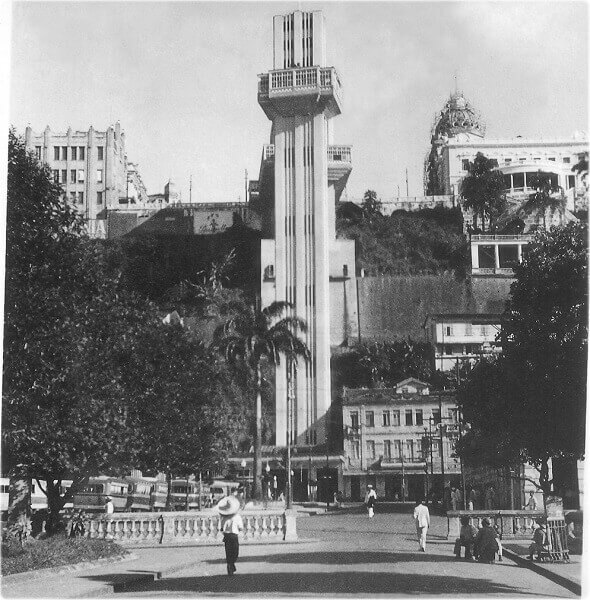
Another significant change was the insertion of art deco style elements, such as the pilasters and the thin spans of the towers.
After the renovation, the Lacerda Elevator reached a height of 72 meters and now has a span of 71 meters on the walkway. Its transportation capacity went from 32 to 128 people in one trip.
Its interior also underwent a modernization, receiving granite floors and walls, as well as electronic turnstiles.
See the before and after of Elevador Lacerda
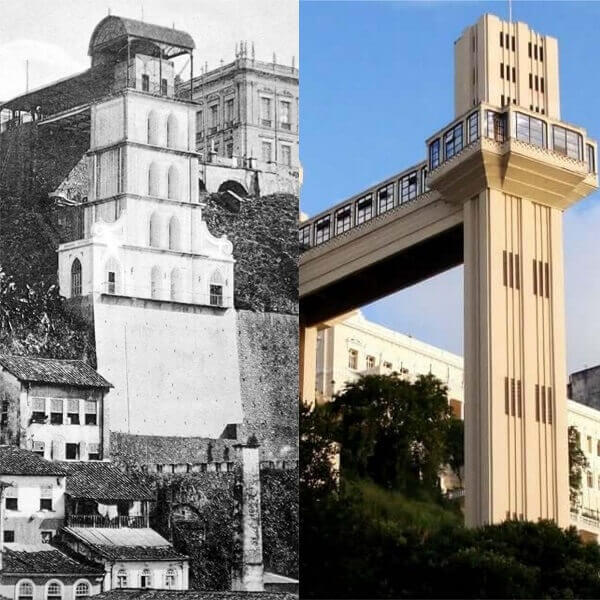
5. Fundação Casa de Jorge Amado

The government of Bahia has transformed a baroque mansion into one of the most important cultural centers in the state.
In addition to the collection that illustrates the literary trajectory of Jorge Amado, the space maintains a permanent program of activities to encourage new writers.
The Casa de Jorge Amado Foundation occupies the mansion facing Largo do Pelourinho in Salvador, Bahia.
It is a cultural institution with various activities and a research center, with documentation on Jorge Amado himself, Zélia Gattai and Bahian literature, open to visitors and highlighting courses, seminars, workshops, conference cycles, lectures, book and record launches, exhibitions, focusing on literary, artistic and human sciences themes.
Largo do Pelourinho. Open from Monday to Friday, from 10am to 6pm.
6. Mercado Modelo

One of the most traditional tourist attractions in the city, the old customs building (built in 1861) now houses more than 250 handicraft stores, restaurants and bars, from where you can admire the Lacerda Elevator and the sea.
History of Mercado Modelo
Mercado Modelo was founded in 1912 to be a supply center in the Lower City, with a privileged location overlooking the Bay of All Saints.
In 1969, the most violent of five fires that occurred over time caused the old building to be demolished.

On February 2, 1971, the market moved to the current building, which was a customs house built in 1861, in neoclassical style, listed by the National Historical and Artistic Heritage Institute (Iphan).
A sculpture by Mário Cravo Junior was erected on the site of the previous Mercado Modelo.
Other fires occurred in 1917, 1922, 1943, and 1984. After the last fire, a major renovation was made to the property, with a reinauguration that took place in the same year.
From Monday to Saturday, from 9am to 7pm; Sundays, from 9am to 2pm.
5. Morro do Cristo
Between Ondina and Barra beaches.
Many tourists pass through the region and do not give due attention to the hill located between the beaches of Ondina and Barra.
At the top there is a statue of Christ sculpted in carrara marble by the Italian Pasquale de Chirico and brought to Brazil in 1920.
6. Solar do Unhão
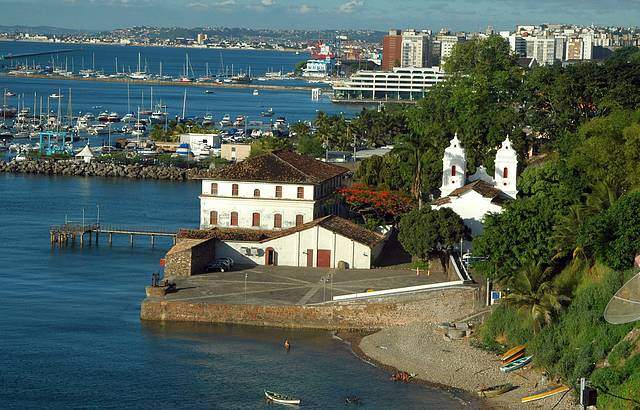
The mill owner Pedro de Unhão Castelo Branco built the property on a landfill in the 17th century.
In the basement of the big house, now turned into a museum, there is a charming restaurant instead of the old slave quarters.
Among other colonial relics, a fountain and a delicate chapel of Our Lady of the Conception.
History of Solar do Unhão
Although located on the edge of the urban area, at the foot of the geological fault of Salvador, this architectural complex was an agro-industrial complex of the same type as the sugar mills, with a big house, chapel and slave quarters, as well as warehouses and wharves, which served the function of receiving and exporting the sugar production of the recôncavo.
The 17th-century manor house, in stone masonry with brick arcades on the first floor, has three floors, the last of which was built in the 19th century.
Its layout follows the functional scheme in force at the time, with the first floor used for services and the main floor for the residence. Access is via a four-arch bridge with bars of Portuguese tiles with Baroque ornamentation.
The chapel of Our Lady of the Conception has typical features of the parish churches of the period, with the particularity of having a nave and chancel of the same width and height.
Its late Rococo façade is probably from the 18th century, with a fountain, aqueduct, sandstone fountain with a frown and superimposed shells, and storerooms of simple structure.
After serving illustrious characters, it functioned as a snuff factory (1816-1926) and a wharf (1928), and was adapted in 1962 to house the Museum of Popular Art of Bahia, according to a project by Lina Bo Bardi, and its facilities are now occupied by the Museum of Modern Art of Bahia.
Avenida do Contorno, s/n, Graça
7. Teatro Castro Alves
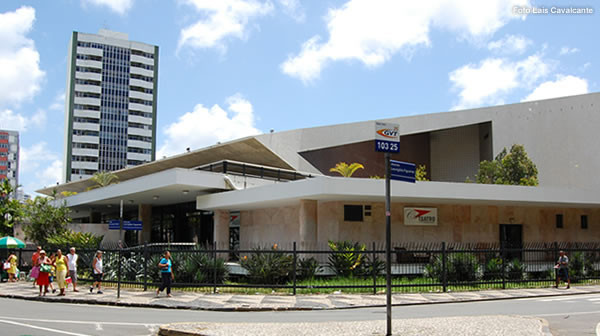
Built in 1958, the theater suffered a fire the day before its inauguration. After nine years closed, on March 4, 1967 it was finally opened to the public.
Among the important moments in its history, the farewell concert of Caetano Veloso and Gilberto Gil, in 1970, when they left for a season of exile in England during the military dictatorship. Ladeira da Fonte, s/n, Campo Grande.
8. Pelourinho
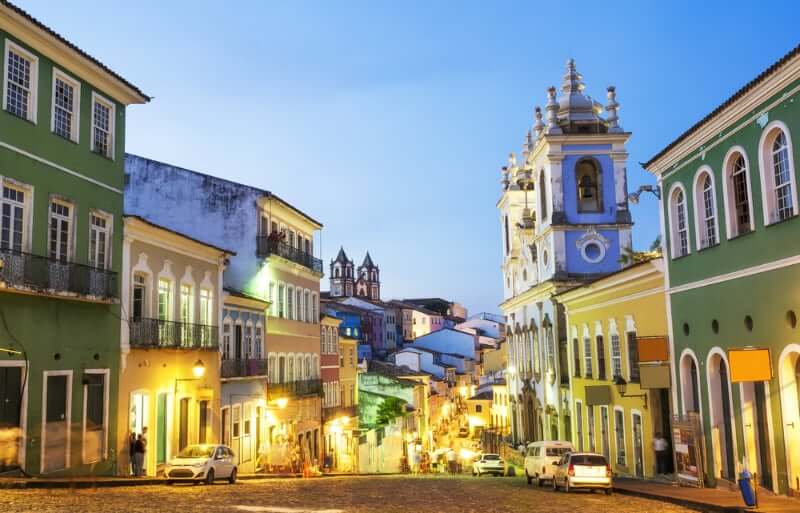
The architectural, landscape and urban complex contained in the polygonal area of the historic center of Salvador is one of the most important examples of Portuguese overseas urbanism, set in an acropolis, distinguished in two planes: the administrative and residential functions at the top and the port and commerce by the sea.
Combined with a unique topography, the landscape of this area is basically formed by buildings from the 16th to the 19th centuries, in which the monumental ensembles of religious, civil and military architecture stand out.
See Tourist Spots of Pelourinho
Bahia.ws is the largest tourism and travel guide of Bahia and Salvador



















